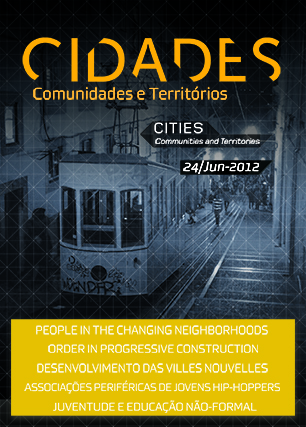On People In Changing Neighborhoods. Gentrification and Social Mix
Boundaries and Resistance. A comparative ethnography of two historic neighborhoods in Milan (Italy) and Brooklyn (New York, USA)
Palabras clave:
Gentrification, Social Mix, Socio-Cultural Boundaries, Urban Conflicts, Ethnography, Milan, BrooklynResumen
This paper focuses on the study of urban transformations in two historic, inner city neighborhoods: Paolo Sarpi Street, the so-called “Milan Chinatown” in Italy, and Park Slope, whose history reflects the waves of immigrants who helped create Brooklyn's character in New York City. These cases embody two unique urban environments undergoing several processes of gentrification since the 1970s. The Milan Chinatown is represented by a handful of streets, the global flow of Chinese goods and the daily routines of elderly people and families. The complexity of the “Sarpi Question" is precisely determined by the discussion of social dimensions, space and ethno-racial, economic and political all at once. Park Slope is distinguished for being the largest landmark district in Brooklyn, and enjoys quiet, tree-lined streets with wide architectural variety. Progressive yuppies and establishment lesbians have long ruled the classy section of the Slope, in particular the named streets between 7th Avenue and Prospect Park. These days the action is happening all along 5th Avenue and in the so-called “South End” of the Slope. Given this background, the discussion begins with a comparative analysis, on one hand, of the deepening of the causes which led to the break of an apparent balance in the practices of local cohabitation of the Milan’s Chinese District. On the other, the New York case study aims to address the issue of neighborhood changes and renewal through a specific interpretation key: a changing neighborhood as a place of symbolic elaboration of socio-cultural boundaries. Through a wide ethnographic empirical demonstration, this contribution mobilizes a set of ideas concerning the academic and political debates surrounding the gentrification and social mix of the contemporary city.
Descargas
Publicado
Número
Sección
Licencia
CIDADES, Comunidades e Territórios by DINÂMIA'CET-Iscte is licensed under a CC-BY licence.






